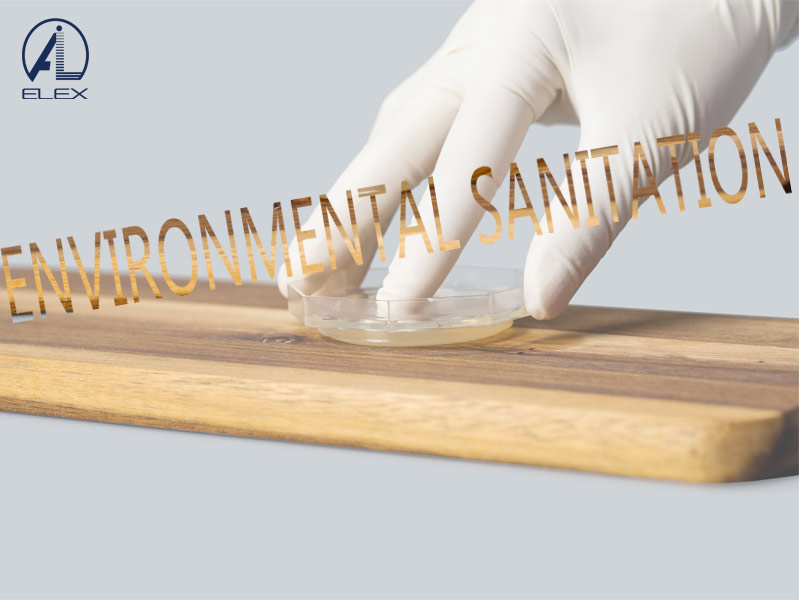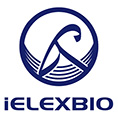Liquid growth medium, commonly known as broth, is a crucial component in microbiology laboratories. Researchers use liquid growth medium to cultivate and sustain various microorganisms, making it a versatile tool for a wide range of applications. One of the key strengths of liquid growth medium lies in its adaptability, as it can be customized to meet the specific nutritional needs of different microorganisms. In this blog, we will explore the different types of liquid growth medium and the process of tailoring nutrients to support optimal microbial cultivation.
General-purpose liquid growth medium, also known as rich or complex medium, contains a wide array of nutrients, providing an abundant source of carbon, nitrogen, vitamins, and minerals. This type of medium supports the growth of a broad spectrum of microorganisms, making it a popular choice for routine laboratory work and isolating unknown organisms. Defined liquid growth medium is precisely formulated, with each component and its concentration known. Researchers use this medium to control and study the exact nutritional conditions required for the growth of particular microorganisms. Defined medium is valuable in precise scientific experiments and biotechnological applications.
Selective liquid growth medium is designed to support the growth of specific microorganisms while inhibiting the growth of others. This is achieved by incorporating substances that are toxic to certain types of bacteria, allowing the desired microorganisms to thrive. Selective medium is essential in isolating and studying specific bacterial strains. Differential liquid growth medium is formulated to distinguish between different microorganisms based on their physiological characteristics. It often contains indicators or dyes that change color or produce visible changes in the presence of certain metabolic activities. This type of medium aids in identifying and differentiating bacterial species based on their unique traits.
Liquid growth medium is a versatile tool in microbiology, and its adaptability allows researchers to cultivate and study diverse microorganisms effectively. By tailoring nutrients to meet the specific requirements of different microorganisms, researchers can create optimal conditions for their experiments and investigations. Understanding the different types of liquid growth medium and their applications is crucial in advancing various scientific fields, from medical research to biotechnology. As technology and research continue to progress, the development of specialized liquid growth media will further contribute to our understanding of the fascinating microbial world.
 A Tentative Study on the relevance of HACCP certification and infection control in hospital
A Tentative Study on the relevance of HACCP certification and infection control in hospital
 Environmental Sanitation Microbiology Testing
Environmental Sanitation Microbiology Testing
 Microbiology Test in Food Industry
Microbiology Test in Food Industry
 The Applicability of High-quality Ready-to-use Swab Sampler for Tableware Sampling and Public Places Supplies and Utensils Microorganisms
The Applicability of High-quality Ready-to-use Swab Sampler for Tableware Sampling and Public Places Supplies and Utensils Microorganisms
 Spike Experiment of DNP Culture Media Plate Based on Ice Cream
Spike Experiment of DNP Culture Media Plate Based on Ice Cream

